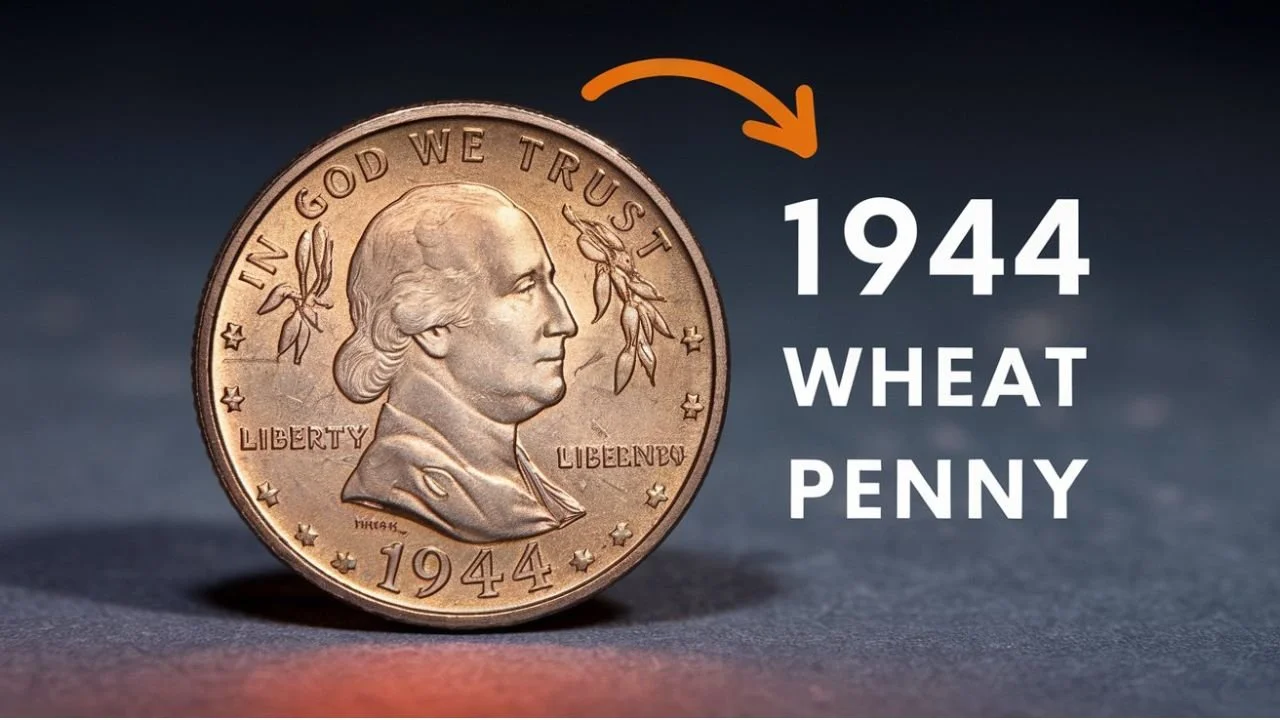8 Rare Bicentennial Quarters coins are circulating with the value of $270 Million each
Have you ever checked your pocket change and thought, “This coin looks a little different”? Well, if you’re lucky enough to come across one of these rare Bicentennial quarters, you might just be holding a $270 million fortune in your hand.
Yes, you read that right. Some 1976 Bicentennial quarters—originally worth just 25 cents—are now being valued in the hundreds of millions, thanks to their extreme rarity, unique errors, and collector demand.
Let’s dive into the mystery of these coins, how to spot them, and why they are valued so high.
What Are Bicentennial Quarters?
In 1976, the United States celebrated its 200th anniversary of independence. To honor the occasion, the U.S. Mint released special quarter-dollar coins with a unique design on the back. Instead of the traditional eagle, these quarters featured a drummer boy with a torch of victory, designed by Jack L. Ahr.
These special coins were released into circulation from 1975 to 1976, and although millions were minted, only a handful have become incredibly valuable due to their rarity, minting errors, or special materials used.
Overview Table: Rare Bicentennial Quarters Highlights
| Feature | Details |
|---|---|
| Year Minted | 1975–1976 |
| Special Design | Drummer Boy Reverse |
| Mint Marks | “D”, “S”, and No Mint Mark |
| Known Rare Versions | 8 Extremely Rare Coins |
| Estimated Value | Up to $270 Million Each |
| Key Rarity Factors | Errors, Silver Content, Proof Type, Condition |
| Circulating or Not? | Still Circulating (in very low numbers) |
| Material in Rare Versions | 40% Silver (or unique errors) |
| Grading Importance | MS-68 or Higher |
| Collector Interest | Extremely High |
Why Are These Coins Worth So Much?
There are several reasons why 8 rare Bicentennial quarters have reached the insane value of $270 million each:
-
Minting Errors
Some coins were struck with errors—like double dies, off-center strikes, or missing elements—which are incredibly rare. -
Material Composition
While most quarters are made of copper-nickel, some special versions were struck in 40% silver, and even more unusual materials have been rumored. -
Proof Coins & Condition
High-grade proof coins (especially from the San Francisco Mint) in mint state (MS68 or above) are extremely limited. -
Historical Significance
These coins represent a once-in-a-lifetime event—America’s 200th birthday—which makes them more desirable to collectors. -
Speculation and Auctions
As interest grows in rare coins, wealthy collectors are willing to pay huge amounts to own a piece of numismatic history.
How to Identify a Rare Bicentennial Quarter
If you think you might have one of these rare coins, here’s what you should look for:
-
Check the Date: All bicentennial quarters will show the dual date “1776–1976”.
-
Look at the Reverse: The back should feature the drummer boy design, not the usual eagle.
-
Search for Mint Marks: Look for a small “D” (Denver), “S” (San Francisco), or no mark (Philadelphia).
-
Inspect for Errors: Use a magnifying glass to spot double lettering, misaligned strikes, or unusual details.
-
Check the Edge: Silver quarters may have a different colored edge than standard copper-nickel ones.
If the coin looks unusual or in mint condition, it may be worth having it professionally graded by a service like PCGS or NGC.
Are These Coins Still in Circulation?
Surprisingly, yes. Some of these rare Bicentennial quarters are still floating around in circulation, though the chances of finding one are slim. That’s what makes coin hunting so exciting. Every time you receive change from a store, you could be unknowingly handed a coin worth millions.
Many rare coins end up in collections or safe boxes, but a few might still be hiding in old piggy banks, coin jars, or even estate sales.
So, before you toss that quarter aside, take a closer look. You never know what you’re holding.
Frequently Asked Questions (FAQs)
1. Are all Bicentennial quarters valuable?
No, most Bicentennial quarters are only worth their face value—25 cents. Only rare versions with specific errors, silver content, or pristine condition hold extreme value.
2. How do I know if I have one of the rare $270 million quarters?
Look for unusual features like minting errors, 40% silver content, or high-grade finishes. Coins graded MS68 or higher by professional services are the most valuable.
3. What does “MS68” mean?
MS68 is a grading term that stands for Mint State 68, a near-perfect condition used in numismatics. The scale goes from 1 to 70, with 70 being flawless.
4. Can I sell my coin if I find one?
Yes, rare coins can be sold through auction houses, coin dealers, or online platforms, but you should first get the coin authenticated and graded.
5. Where can I get a coin evaluated?
You can send your coin to professional grading services like PCGS (Professional Coin Grading Service) or NGC (Numismatic Guaranty Corporation) for certification.
Final Thoughts
It’s hard to believe that something as small as a quarter could be worth $270 million, but history, rarity, and collector demand can create surprising value in everyday objects.
While the chances of finding one of the 8 rare Bicentennial quarters are low, they are not impossible. These coins serve as a reminder that hidden treasures can still exist in the most common places—like the change in your pocket.
If you enjoy coin collecting or just want to try your luck, start by checking your coins carefully. You could be one of the few lucky individuals to find one of the rarest coins in American history—without even realizing it.
So next time you get a quarter in change, don’t just spend it. Look closely—it might just change your life.




